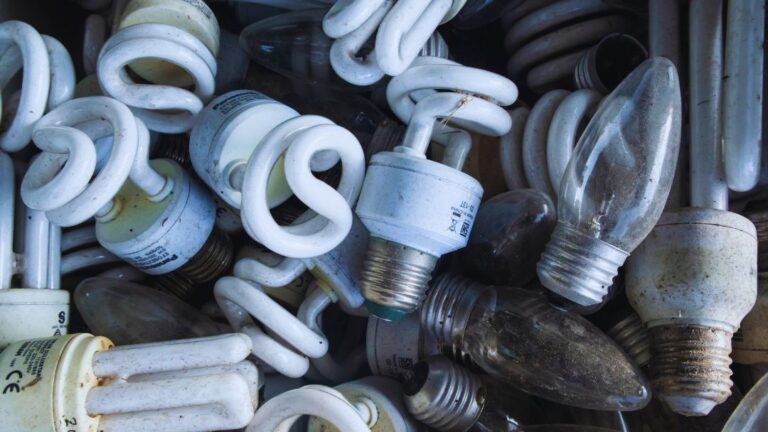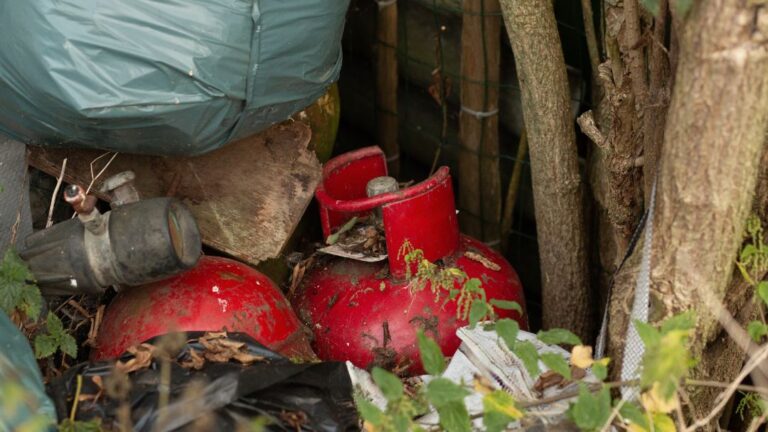Flammable Cabinet Inspection Checklist: A Simple Guide
- Jonathan R.
- October 29, 2024
Table of Contents
A flammable cabinet inspection checklist is vital to workplace safety, especially when handling materials that can catch fire.
One of the easiest ways to stay safe is by regularly checking your flammable cabinets. These cabinets are designed to reduce fire risks, and keeping them in good condition is super important.
In this guide, we’ll explain everything you need to know about flammable cabinet inspection and how using the software can make it easy.
What’s a Flammable Cabinet?
A flammable cabinet is a fire-resistant storage unit for liquids and materials that can catch fire. These cabinets help stop fires from spreading by keeping dangerous stuff contained. To meet safety standards like OSHA and NFPA, flammable cabinets usually have double walls, flame arresters, and leak-proof sills.
What is the primary purpose of these cabinets? To protect your workplace from accidental fires and keep everyone safe. You’ll find them in labs, factories, and places where people use flammable materials daily. However, regular inspections are vital to making sure they do their job.
What Goes in a Flammable Cabinet?
Here are the types of stuff you should be keeping in a flammable cabinet:
Flammable Liquids
This includes things like paints, solvents, thinners, and fuel. The cabinet prevents these from igniting or making a fire worse if there’s a spill.
Aerosol Cans
Since most aerosols have highly flammable propellants, storing them in a combustible cabinet is safer to keep them from exploding or igniting.
Chemicals and Reagents
Chemicals like ethanol, acetone, and methanol need to be stored safely in flammable cabinets to avoid fire hazards in places like labs.
Combustible Materials
Even though some materials aren’t technically “flammable,” they can still catch fire. Storing them in a flammable cabinet just adds another layer of safety.
Why You Should Do a Flammable Cabinet Inspection Checklist?
Flammable cabinet inspections are essential, not just because of safety rules. A flammable cabinet inspection checklist helps you spot leaks, broken seals, or busted doors before they become more significant problems.
Moreover, regulations from OSHA and NFPA require it. NFPA 30, for example, lays out rules for flammable liquids, and OSHA says you need approved cabinets for storing large quantities of these materials.
Staying on top of inspections keeps you compliant and ensures the cabinets do what they’re supposed to—keep your workplace safe.
How to Perform a Flammable Cabinet Inspection
Here’s how to inspect your flammable cabinets step by step.
Step 1: Know the Rules
Before you get started, ensure you’re up to speed on the safety standards you must follow, such as OSHA 1926.152 and NFPA 30. This will help ensure your inspections are thorough and you’re not missing anything important.
Step 2: Set a Regular Inspection Schedule
Regular inspections, such as monthly or quarterly, are a must. How often you need to check the cabinets depends on your workplace, but staying consistent helps you catch problems early.
Step 3: Check the Outside
Do a quick visual check of the cabinet’s exterior. Look for damage, rust, or any signs of wear. Also, ensure the cabinet is appropriately labeled with safety signs and that it has storage capacity.
Step 4: Check the Doors and Seals
Inspect the door seals to ensure they’re in good shape and create a proper seal when closed. Test the latches to ensure they work correctly and that the doors close securely.
Step 5: Ventilation
If your cabinet has ventilation openings, ensure they’re not blocked and working correctly. Good ventilation helps prevent flammable vapors from building up inside.
Step 6: Look Inside
Open the cabinet and check for spills, leaks, or shelf damage. Ensure all the containers are labeled correctly and stored according to the cabinet’s limits.
Step 7: Grounding
If your cabinet needs to be grounded (to prevent static electricity), check the connection and make sure everything is secure.
Step 8: Document Your Inspection
Take notes on what you find during the inspection. Write down any issues and how you fixed them. This documentation is vital for staying compliant and will be helpful if you ever get audited.
Step 9: Train Your Team
Ensure your team knows how to perform these inspections and understands why they’re essential. Building a culture of safety goes a long way in preventing accidents.
Wrapping Up Your Flammable Cabinet Inspection Checklist
Flammable cabinet inspections are vital to keeping your workplace safe and preventing accidents. Regular checks ensure that your cabinets do their job, protecting your team and keeping you compliant with safety regulations.
Inspection software is an excellent tool for making the process easier. It saves you time and helps you stay on top of everything.
Are you looking for safe storage solutions? CTI Safety Storage offers reliable cabinets that reduce risks and protect your team. Reach out, and we’ll work with you to find the ideal storage for your needs!

Jonathan Reed
Jonathan Reed specializes in writing in-depth, data-driven content on industrial waste management, regulatory compliance, and environmental sustainability. With expertise in hazardous waste disposal, OSHA guidelines, and waste reduction technologies, he provides actionable insights for businesses navigating complex waste management challenges.



